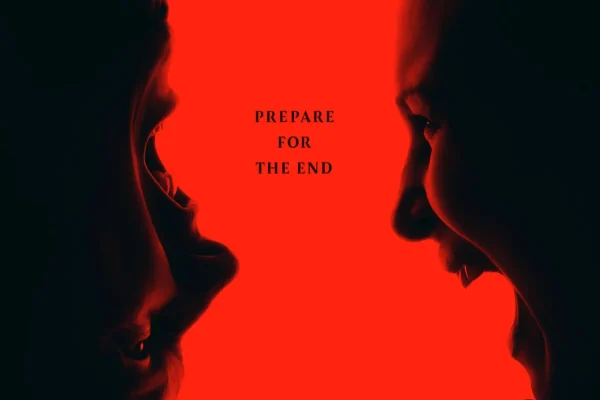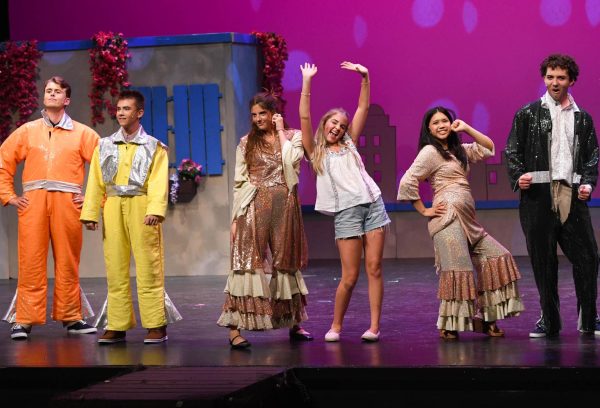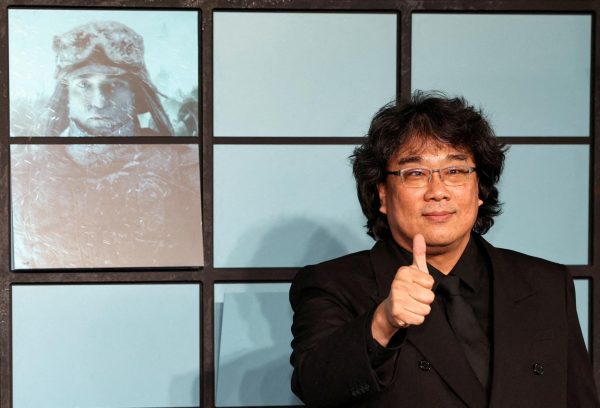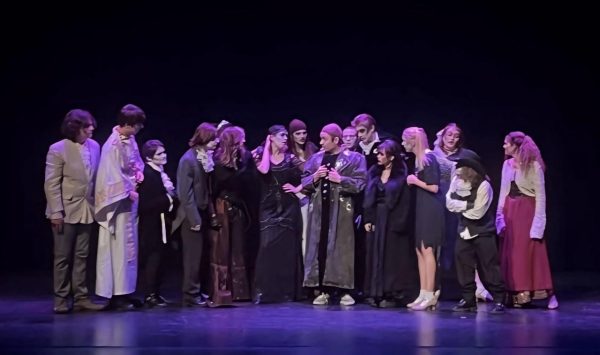Arts Go with Conservatory Approach to Programs
The new performing arts conservatories in the Fine Art department provide the tools needed for participating students to succeed in college.
The conservatory program is the brainchild of Instrumental Music director Dean McElroy. He introduced the program to the rest of the performing arts directors with the hopes of being able to provide an avenue for students who excel in their crafts to be prepared for and recognized by colleges.
Each department has different requirements and expectations for their conservatory programs, although they share a few similar characteristics.
Theater Conservatory is composed of three different types: The Theatre, Musical Theatre, and Technical Theatre. While all three have differences in core classes, secondary classes, and extracurriculars; they all mandate participation in juries, viewing two proffesional shows a semester, and attending two outside auditions a year.
“Musical theatre has completely different requirements than the theatre. Musical theatre has to take dance and they have to take choir, but theatre is just required to take drama and a year of stagecraft” said Calista Henson (10), a conservatory student.
A jury for the under classmen in the theatre conservatory is a semester long event where students perform a monologue they are graded on by Ms.Beilstein. Upperclassmen, are required to put on showcases.
The vocalist also have: Vocal conservatory and Choral Conducting Specialization Conservatory. In addition to being in choir, these students have to take AP Music Theory , participate in juries, sightsinging, do outside auditions, and minimum of 10 hours of community service in an outside arts program.
“In colleges around the country, there are a number of students in music that drop out within the first year because they are not prepared for the course load or the culture shock. The purpose of the Conservatory in all areas of study is to help the transition of our students to the collegiate level, and (also) to give them a competitive edge by preparing them for the coursework they will face,” said Ushino.
Since Ushino and McElroy structured their conservatories similarly, the Instrumental Music Conservatory shares many requirements with the Vocal Conservatory. Among these requirements are participation in a jury, solo performances, honor orchestra/band auditions, AP Music Theory, community service, ear training, and scales.
The dance conservatory is open to level 2,3, and 4 dancers who are willing to put the work in to have dance as a career. Students have to dance a minimum of 6-10 hours a week at an outside dance studio, perform in other dance shows besides the ones at SJHHS, and attend several professional shows per semester.
“We have “conservatory classes” every other Wednesday after school for 2 hours with EDT (embark dance theatre). I partnered with a professional modern dance company to work with the conservatory kids focusing on modern dance, since most college dance programs are modern based,” said Kristine Calder, the Dance Conservatory director.
Dance Conservatory requires the students to partake in juries and do community service related to the conservatory. Starting next year, only lowerclassmen will be able to join the conservatory so that they are able to complete the whole Conservatory experience.
“You have to do extra critique on shows, you have to do a lot of extra paperwork, you are graded on a harsher rubric ” said Calista Henson.
Although the conservatories are only in their first or second year they are showing signs of success.
Your donation will support the student journalists of San Juan Hills High School. Your contribution will allow us to cover our annual professional memberships as well as equipment and other costs associated with bringing you high quality student journalism.
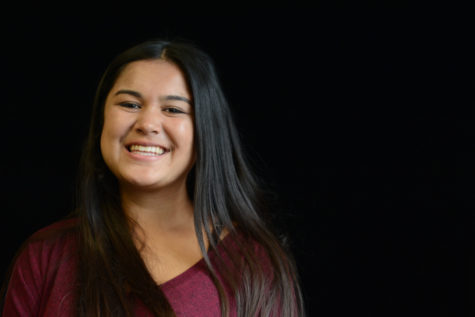
Olivia is a senior at SJHHS and is super excited to be returning to The Express as Co Editor-in-Chief. She was the News Editor last year and is looking...

